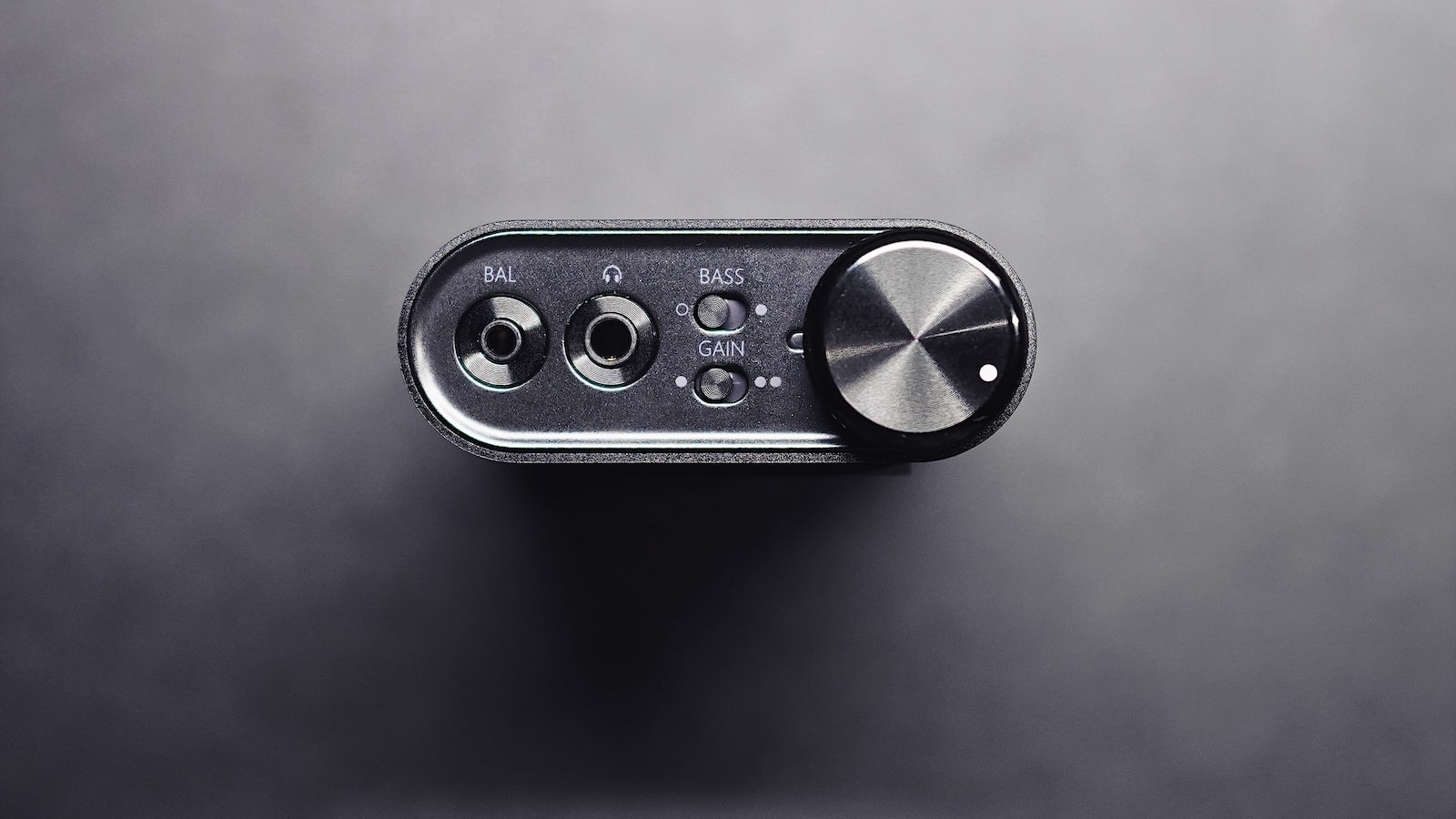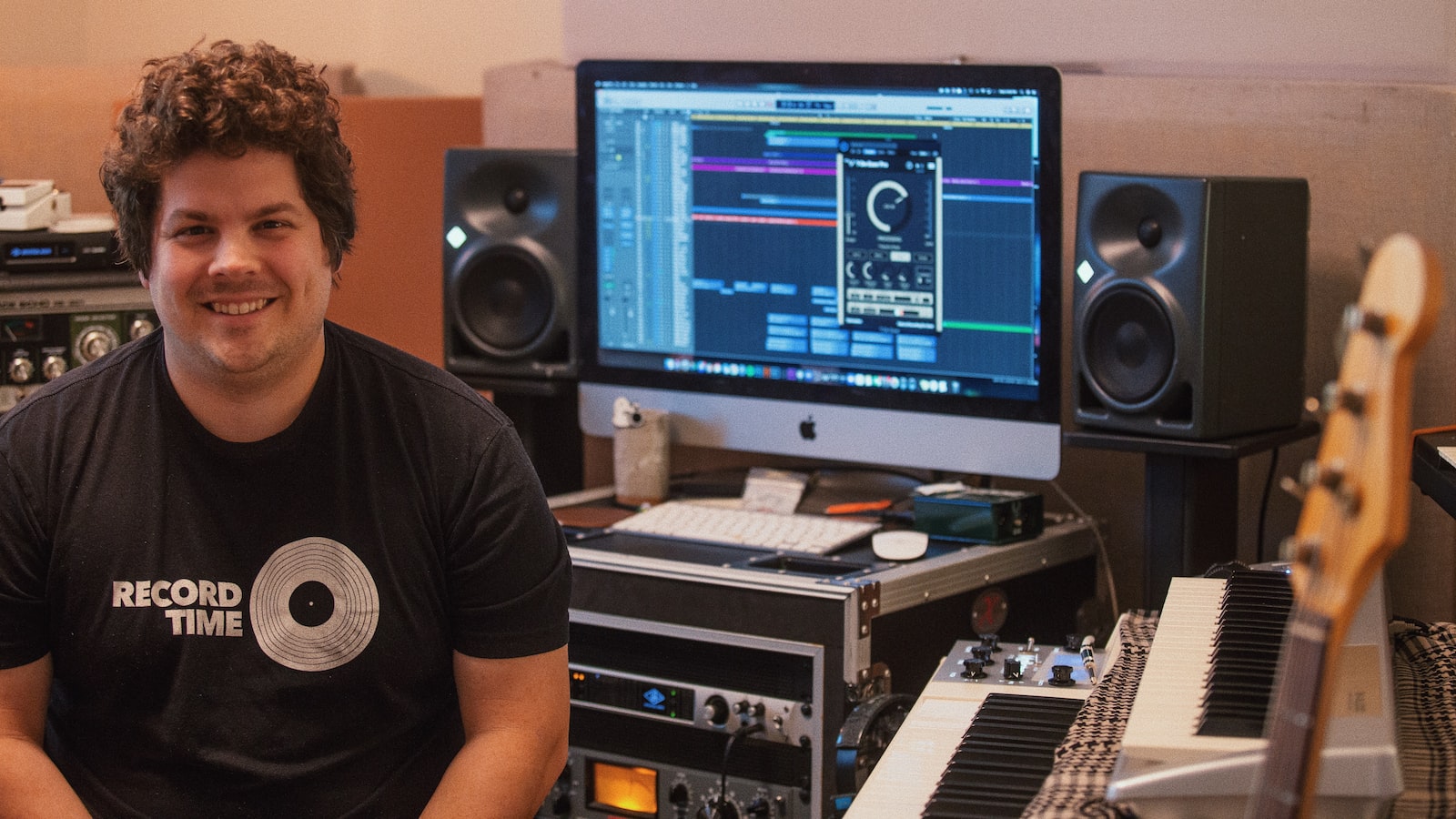Bring the world of digital audio into your own hands. From the comfort of your very own home, explore the world of digital audio workstations and discover the incredible music production potential that awaits you. With the new wave of software advancements, digital audio workstations are now easier to use than ever before, meaning that, regardless of experience or hardware, tracking and producing your very own audio is within everyone’s reach. So don our virtual producer’s hats, widen our inventive horizons, and venture out into the exciting and ever-evolving field of digital audio workstations.
1. Introduction to the World of Digital Audio Workstations
Welcome to the world of Digital Audio Workstations (DAWs). This type of technology has revolutionized the way musicians compose, record and produce music. By taking traditional workflows and making them digital, engineers and producers can make mixes that are both faster and better sounding than ever before. This guide will cover the basics of DAWs and the key elements you need to be successful in the modern recording world.
The modern DAW encompasses a range of digital audio tools, including audio interfaces, audio mixers, synthesizers, digital effects processors, sequencers, and software plugins that are used for recording, editing, and producing music. The power of the modern DAW is in how much you can do with it. You can record, edit and mix audio and MIDI with ease, and add plug-ins and virtual instruments to your recordings. You can also create loops and samples, sequence and automate your sound, and use it to collaborate and share your music with the world.
- Audio Interfaces – Hardware interfaces that convert digital audio signals into sound for playback in speakers.
- Audio Mixers – The hardware and software tools used to mix multiple audio signals together into one or more sound tracks.
- Synths & Virtual Instruments – Musical instruments and software that produce sound using either analog or digital synthesis.
- Digital Effects Processors – Hardware and software processors that are used for modifying electronic signals in various ways.
- Sequencers – Software tools that allow you to create and edit musical performances and sequences.
- Software Plugins – Third-party audio processing software that can be used to enhance your recordings.

2. Exploring the Benefits of Using a DAW
Digital Audio Workstations (DAWs) are the powerful industry-standard music production tools used by professionals. They provide unprecedented levels of flexibility and allow the user to create virtually any sound they can imagine. When , it quickly becomes apparent why they have become so popular in recent years:
- Unlimited Tracks: DAWs provide an unlimited number of audio and virtual instrument tracks. This allows for an infinitely deep workflow, enabling complex songs to be created.
- High Quality Audio: It is possible to adjust the audio parameters within a DAW to achieve very high quality recordings. This means that no matter what type of music is being created, it can sound exceptionally professional.
- Compatibility and Integration: Most DAWs are compatible with a variety of audio formats, making it easy to transfer and share files with other users, or to integrate into a larger studio workflow.
Mixing & Mastering: DAWs also allow for more intricate mixing and mastering techniques. With features like powerful EQs, compression, and reverb, users can craft and tweak their music to perfection.

3. A Look at the Different Types of DAWs
Digital Audio Workstations, or DAWs, come in a variety of shapes and sizes and are used to record, mix, and produce audio. Each type of DAW offers its own unique advantages and drawbacks. Let’s take a closer look at some of the different categories of DAWs.
- Computer-based DAWs – These are the most popular DAWs. They run on personal computers and allow you to store and edit large amounts of audio. Some of the most popular computer-based DAWs include Ableton Live, Pro Tools, and Logic Pro.
- Hardware DAWs – Hardware DAWs are designed for high-end audio production and usually cost more than their computer-based counterparts. They generally come with more inputs and outputs to make it easier to record and mix a large number of tracks. Popular hardware DAWs include Studio One, StudioLive, and Mackie Onyx.
- Mobile DAWs – Mobile DAWs are becoming more popular as they allow you to record, mix, and produce audio on your phone or tablet. Some of the most popular mobile DAWs include GarageBand, Pro Tools First, and FL Studio Mobile.
- Cloud-based DAWs – Cloud-based DAWs allow you to access your files from any web browser. This allows you to collaborate and work on projects from anywhere. Popular cloud-based DAWs include Logic Pro X, Avid Pro Tools, and Ableton Live.
Choosing the right DAW for your needs can be challenging. It’s important to choose the one that best suits your goals. Do some research on the different types of DAWs and you’ll find the perfect one for your needs.

4. Crafting Professional Sounds with a DAW
Digital Audio Workstations (DAWs) are powerful tools for creating professional sounding musical pieces. However, it takes a lot of hard work to make sure that your projects come out sounding just right. Here are some tips for crafting a professional sound on your DAW:
- Invest in Audio Plugins: Audio plugins give you more options for shaping and refining your sound. From compressors to EQs, these plugins can take your music to the next level.
- Take Time to Experiment: Spend some time to get to know every effect and plugin that you’re working with. The more you understand your tools and how they interact, the more power you will have to craft a professional sound.
- Collaborate with Musicians: Seek out other knowledgeable musicians to collaborate and share ideas with. Some of the best music is crafted by working together to exchange knowledge and creativity.
- Pay Attention to Detail: Tweak the little aspects of your music to make sure it sounds really polished. A few minor adjustments can go a long way to giving your projects that professional sound.
Although mastering a DAW takes a lot of hard work, it can also be extremely rewarding. With the right knowledge and practice, you will be able to craft professional sounding music that you can be proud of. So take some time to explore the features of your DAW and experiment until you find the sound that’s perfect for your project.
Insights and Conclusions
With the digital audio world expanding every day, this is an exciting time to be an audio producer. There’s a wealth of audio processing tools, software, and applications available to you - and so much you can do with them. Whether you’re a professional musician, a hobbyist, or just getting started, exploring the world of digital audio workstations – and the possibilities they open – is always an adventure.

